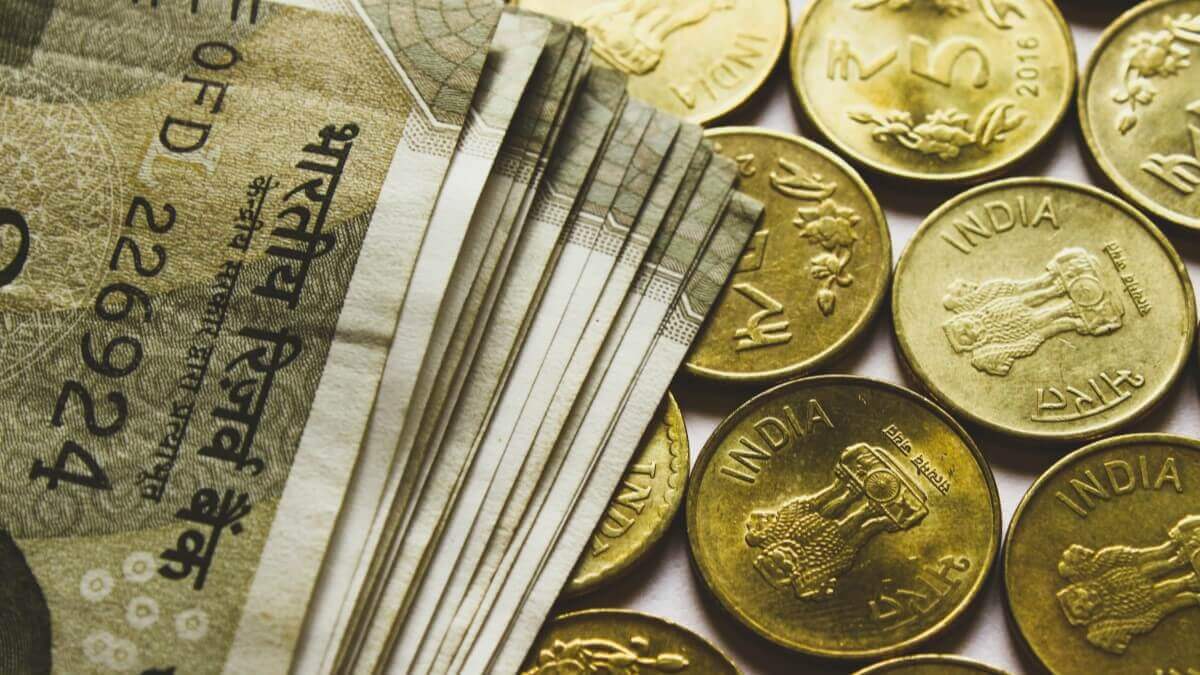WhatsApp UPI Payments: Is International Transfer Supported? [2024]
WhatsApp UPI for India: Can you send or receive money international? Discover limits, safety & Wise as a global transfer alternative.

Indian Bank is one of the oldest public sector banks in India and has branches all across the country.¹ The bank has a facility for overseas money transfers which account holders can use. Read on to learn about how to send money internationally and receive money from overseas into your Indian Bank account.
| 📝 International Transfers with Indian Bank |
|---|
Indian Bank is best suited for domestic banking, but it does offer outward remittance services if you need to send money abroad from India.
Resident Indians who have an account with Indian Bank can complete an outward remittance to send money outside of India. Indian Bank uses the global SWIFT network, which allows banks to send money from one bank account to another around the world.
To send an outward remittance, you must hold an Indian Bank account, and it is best to go to your nearest branch to complete the transfer in person. It is a good idea to carry your ID, your account details and the information about where you want to send the money. This includes the recipient’s name, address, bank name and account number and your relation to the recipient.
Indian Bank will use its own exchange rate to convert the Indian Rupees into the foreign currency you want for the transfer. This exchange rate may have a mark-up, or be higher than the Google exchange rate, which means the bank takes it as a fee. There is also a service fee and a SWIFT charge, depending on the amount you are sending:²
| Amount to send | Flat fee | SWIFT charge |
|---|---|---|
| Up to INR 50,000 | INR 550 | INR 550 |
| More than INR 50,000 | INR 1,050 | INR 550 |
So your total charge for sending an outward remittance can be INR 1,100 or INR 1,600. The flat fee and the SWIFT charge make Indian Bank a better idea if you are sending a large amount abroad.
The Reserve Bank of India (RBI) does not allow Resident Indians to send more than the currency equivalent of USD 2,50,000 abroad in a year.³
Indian Bank offers a number of ways for existing Non-Resident Indian, or NRI, account holders to send money abroad.
Both Non-Resident Ordinary (NRO) and Non-Resident External (NRE) accounts allow for transfers abroad after any required taxes are paid. This can be used to repatriate any funds, including in NRI deposits.
You can send the money through the following channels:⁴
Online: You can send money abroad online from your NRI accounts using Indian Bank's NetBanking.
Branch: You can also send money abroad by visiting an Indian Bank branch. To do this, you will typically need to fill out a remittance form and provide the following details:
Beneficiary's name and address.
Beneficiary's bank account number and SWIFT code.
Amount to be remitted.
Purpose of remittance.
Mobile app: You can also send money from your NRI accounts using Indian Bank's mobile app, IndOASIS on Android or iOS.
You can send money directly to an Indian Bank account in India, whether it's your own NRI account or a friend or family member’s account. Here are some ways to send money from abroad to India:
Ensure you have the correct bank details when sending a transfer to India, and check out the next section about what fees Indian Bank charges to receive funds from abroad.
Receiving money into your Indian Bank account in India is pretty simple. As long as you have given the sender your correct bank details, including your Indian Bank IFSC code and branch information, the money should be sent directly to your account. You should not have to take any action to receive the funds, and if you have set up SMS updates from your account, you should be notified of the deposit.
But one important point to keep in mind is that you may get a fee for receiving money from abroad. Transfers from abroad to India are also called inward remittances, and Indian Bank charges a fee for remittances above a certain amount. Here is the breakdown of the fee:
| Amount received | Fee |
|---|---|
| Less than USD 3,000 | INR 0 |
| More than USD 3,000 | INR 550 |
If the transfer amount is not in US dollars, the bank will charge the fee depending on the currency equivalent.
NRIs can be waived from this fee when they are sending money to their own NRI accounts at Indian Bank.⁵
If you are expecting a large amount in transfers at a consistent frequency, you may want to consider a bank that does not charge for receiving funds into the account.
Need to send money overseas? Make international remittances easier with Wise, which uses smart tech to make international transfers safe, secure - and cheap. Wise can help you save⁵ with a transparent low transfer fee and the mid-market exchange rate, which is the same as the one you see on Google.
And if you're living abroad, check out the Wise multi-currency account available for residents living in supported countries. Enjoy an account as worldly as you are and spend just like a local when you travel abroad with a linked debit card, while also paying less in fees.
Please see the Terms and Conditions for your region and visit our pricing page for the most up-to-date pricing and fee information on Wise products.
Sources used for this article:
Sources verified on 30 October 2023.
Cover photo by rupixen.com on Unsplash.
*Please see terms of use and product availability for your region or visit Wise fees and pricing for the most up to date pricing and fee information.
This publication is provided for general information purposes and does not constitute legal, tax or other professional advice from Wise Payments Limited or its subsidiaries and its affiliates, and it is not intended as a substitute for obtaining advice from a financial advisor or any other professional.
We make no representations, warranties or guarantees, whether expressed or implied, that the content in the publication is accurate, complete or up to date.

WhatsApp UPI for India: Can you send or receive money international? Discover limits, safety & Wise as a global transfer alternative.

Complete review of Vance Money Transfer services to India in our guide to that covers their features, fees, and supported countries.

विदेश पैसे भेजने के आसान तरीके सीखें। नकद, बैंक ट्रांसफर, और Wise जैसे ऑनलाइन विकल्पों की जानकारी। फीस और एक्सचेंज रेट समझें।

Complete guide to TCS applicable when remitting from India to cover foreign travel such as for overseas tour packages. We go over the TCS rate and how to claim.

Complete guide to TCS and remitting for foreign education expenses from India. Our guide covers the applicable rates, how to claim TCS, and tips to avoid them.

Sending money abroad from India? Check out our guide to TCS charged on foreign remittances, with an overview of rates and how to claim it back with your ITR.